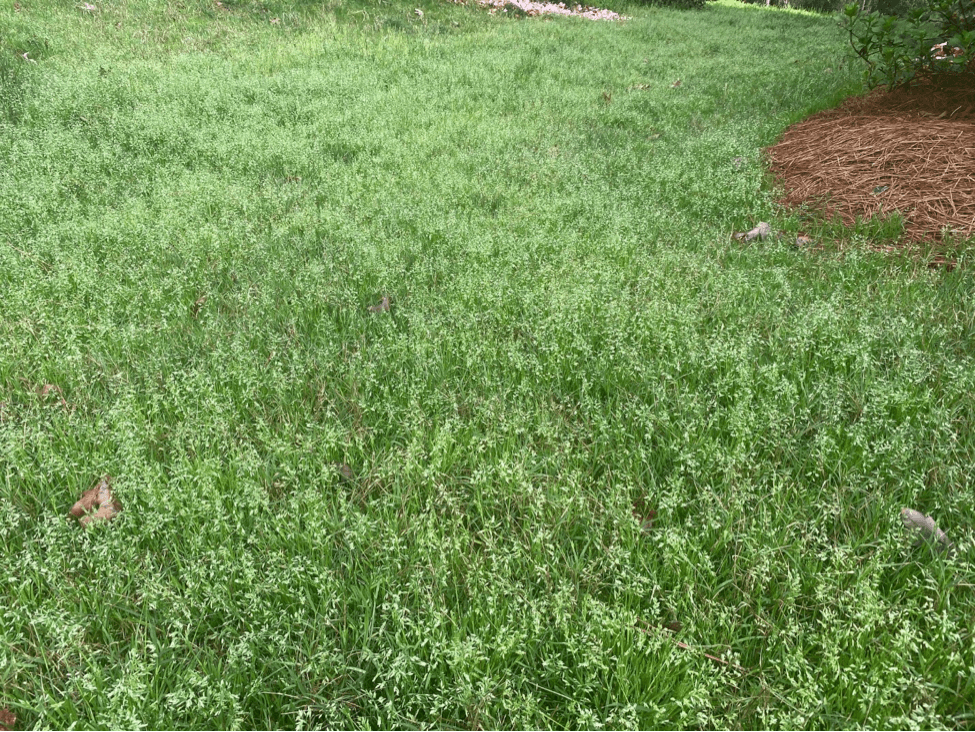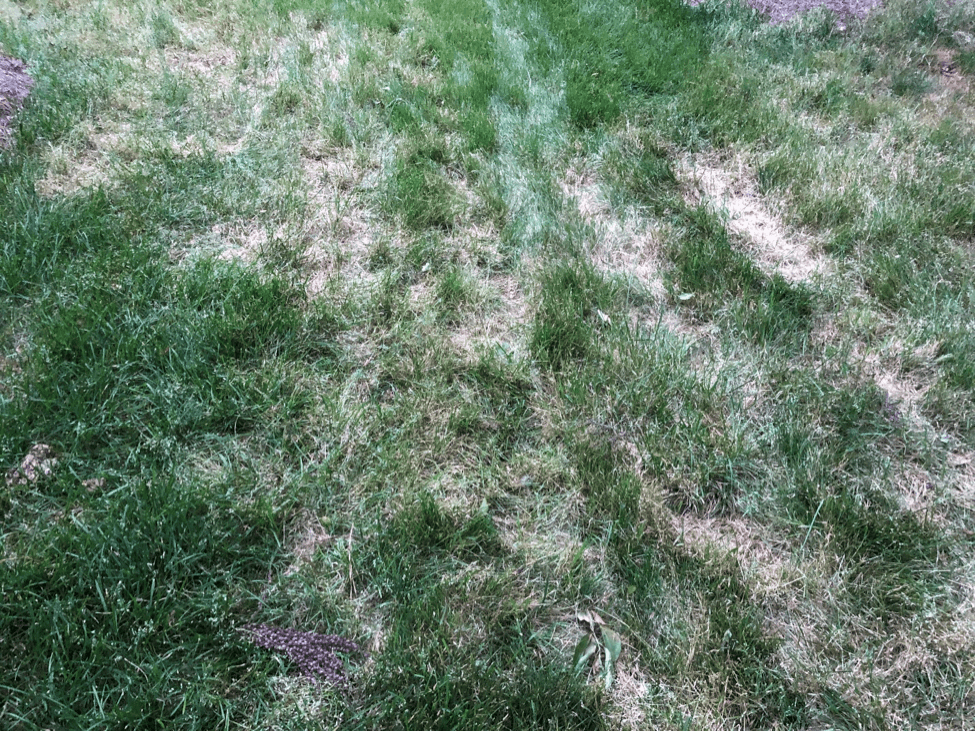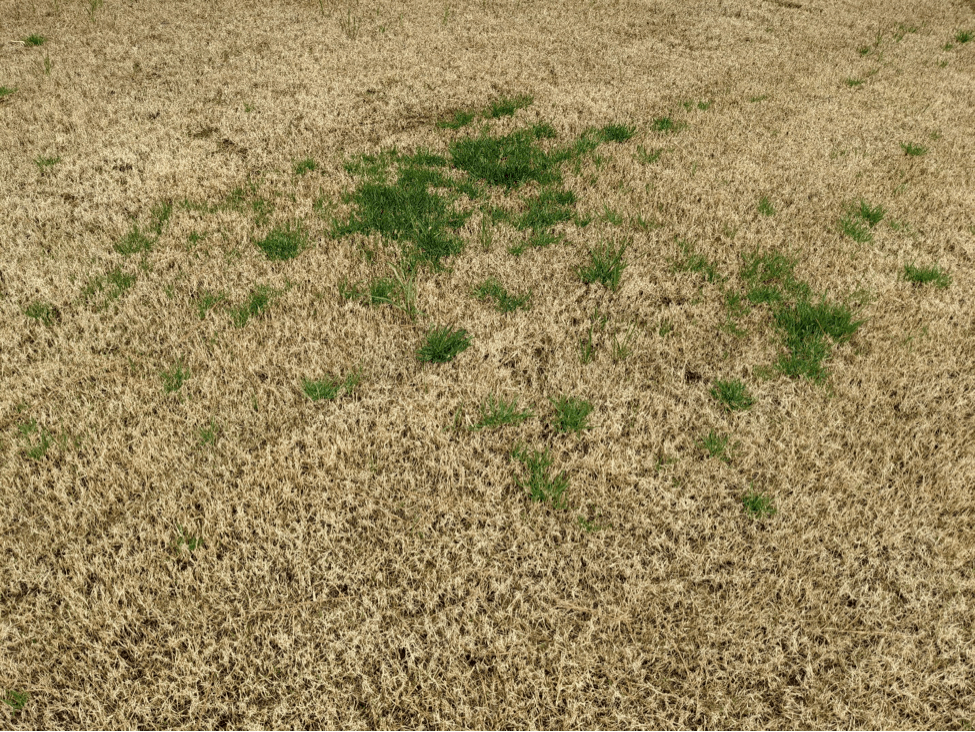Poa annua (annual Bluegrass) has been the majority of customer and non-customer communications starting in mid-March. Poa annua appears to be worse this year due to our excessive soil saturation this winter and spring. We had the second wettest winter on record. Fairway Green’s March newsletter contained an article about water-logged soil influencing turfgrass written… Read more »
Poa annua (annual Bluegrass) has been the majority of customer and non-customer communications starting in mid-March. Poa annua appears to be worse this year due to our excessive soil saturation this winter and spring. We had the second wettest winter on record. Fairway Green’s March newsletter contained an article about water-logged soil influencing turfgrass written by Dr. Graddy Miller with NC State Ag Extension.

Poa annua (Annual Bluegrass) is an annual grass that is being noticed more this month due to the large amount of tan colored seed heads the plant is producing now. It usually stands out in April into May. Poa annua has been one of the most difficult to control grassy weeds since people started managing turf. There are research articles from over 60 years ago discussing the difficulty controlling this grassy weed in our landscapes.

Poa annua is a wild annual grass and can show up anywhere. However, it is a hardy plant and can grow in poor conditions where desirable turf will not. This is why you often see it in compact areas of the lawn. For example; along roadways, Devil Strips (strips between side walk and roadways) and oddly enough along the sides of driveways where you often walk on turf to get in and out of the vehicle. These areas are often heavily compacted making it difficult for desirable turf to flourish.

Poa annua actually germinates in the fall starting in late August through the winter; the same time you seed Fescue in this area. This is why pre-emergent applications for Crabgrass in January, February and early spring do not control Poa annua. Poa annua was too mature when the pre-emergent applications were applied so has no impact on control. Poa annua will generally end its life cycle in Late May and June. It is a prolific seeder and seed is generally viable the following year. It typically grows in areas that have poor compact soil and where your desired turf is thin or nonexistent. However, being that it is a common grassy weed in our area; it can be found anywhere, even in the middle of the yard.
We control about seventy to eighty five percent (70% – 85%) of Poa annua in warm season (Bermuda, Zoysia and Centipede) turf by applying a product in the fall. We utilize a split application of this product which provides acceptable levels of control. Again, this split application will control roughly seventy to eighty five percent (70% – 85%), not one hundred (100%).

We have a product that can be applied in November and again in December to control about seventy five percent (70%) of Poa annua in Fescue. Both applications are required to get roughly seventy percent (70%) control.

There is not an effective selective post-emergent (after the plant has matured through the winter) product available to control (eliminate) Poa annua in Fescue. If there was a product available, Fairway Green would be using it.
Poa annua is an annual grass and will end its life cycle (disappear) in late May. That plant will not return. However, Poa annua is a prolific seeder placing viable seed in the soil for future years.
Giving Poa annua competition is the best means of control. This is achieved by maintaining a sound turf management program, reduce soil compaction on a regular basis, increase sun exposure for desired turf and improve drainage issues. However, climatic conditions favorable for Poa annua can out do the best laid plans like we have seen the past two years.
